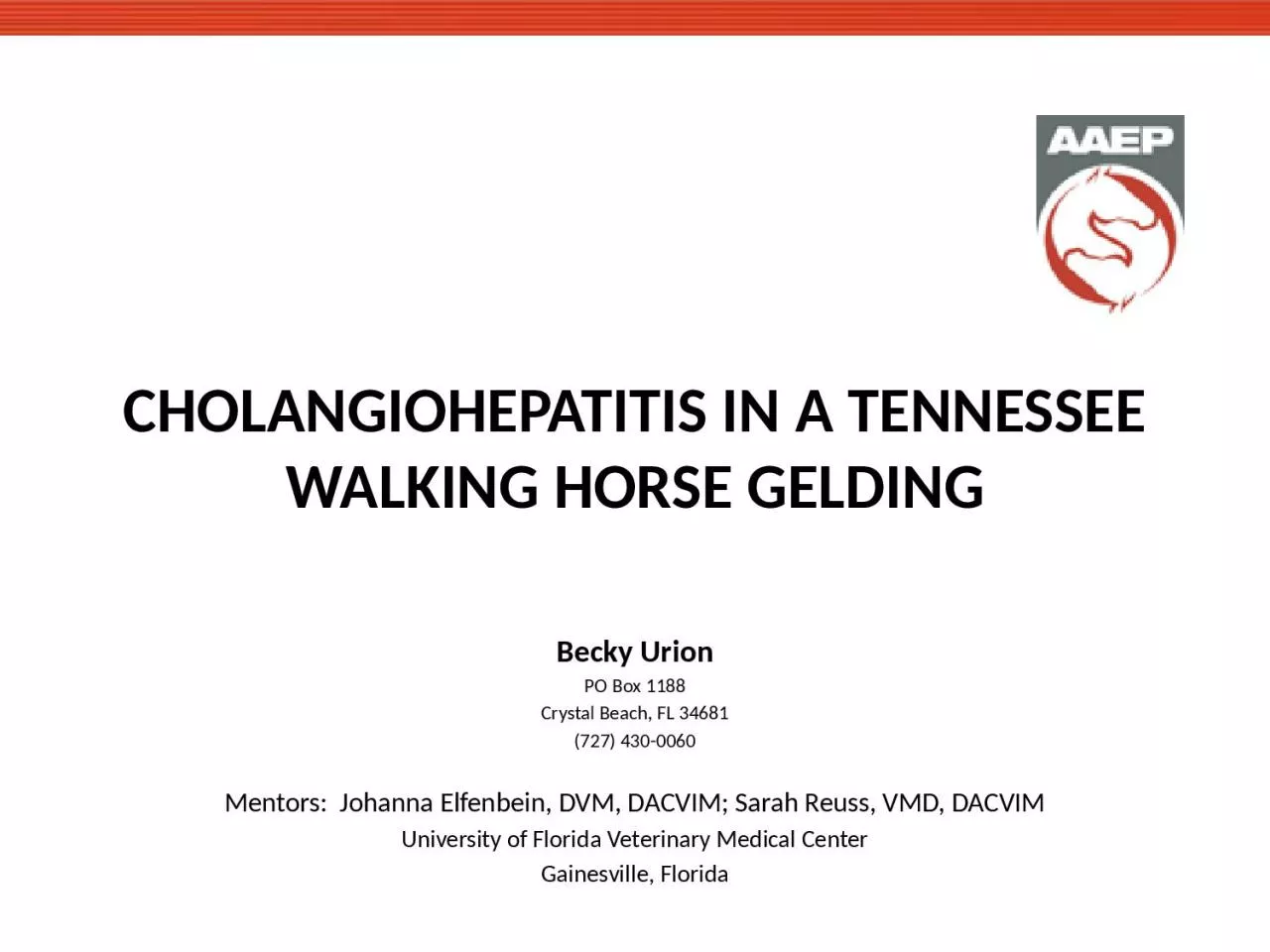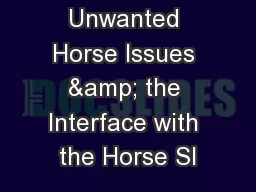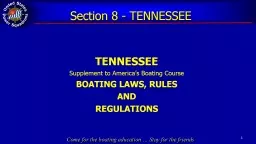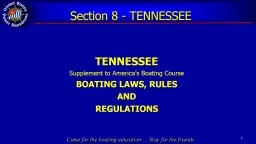PPT-CHOLANGIOHEPATITIS IN A TENNESSEE WALKING HORSE GELDING
Author : BlueberryBelle | Published Date : 2022-08-04
Becky Urion PO Box 1188 Crystal Beach FL 34681 727 4300060 Mentors Johanna Elfenbein DVM DACVIM Sarah Reuss VMD DACVIM University of Florida Veterinary Medical
Presentation Embed Code
Download Presentation
Download Presentation The PPT/PDF document "CHOLANGIOHEPATITIS IN A TENNESSEE WALKIN..." is the property of its rightful owner. Permission is granted to download and print the materials on this website for personal, non-commercial use only, and to display it on your personal computer provided you do not modify the materials and that you retain all copyright notices contained in the materials. By downloading content from our website, you accept the terms of this agreement.
CHOLANGIOHEPATITIS IN A TENNESSEE WALKING HORSE GELDING: Transcript
Download Rules Of Document
"CHOLANGIOHEPATITIS IN A TENNESSEE WALKING HORSE GELDING"The content belongs to its owner. You may download and print it for personal use, without modification, and keep all copyright notices. By downloading, you agree to these terms.
Related Documents














